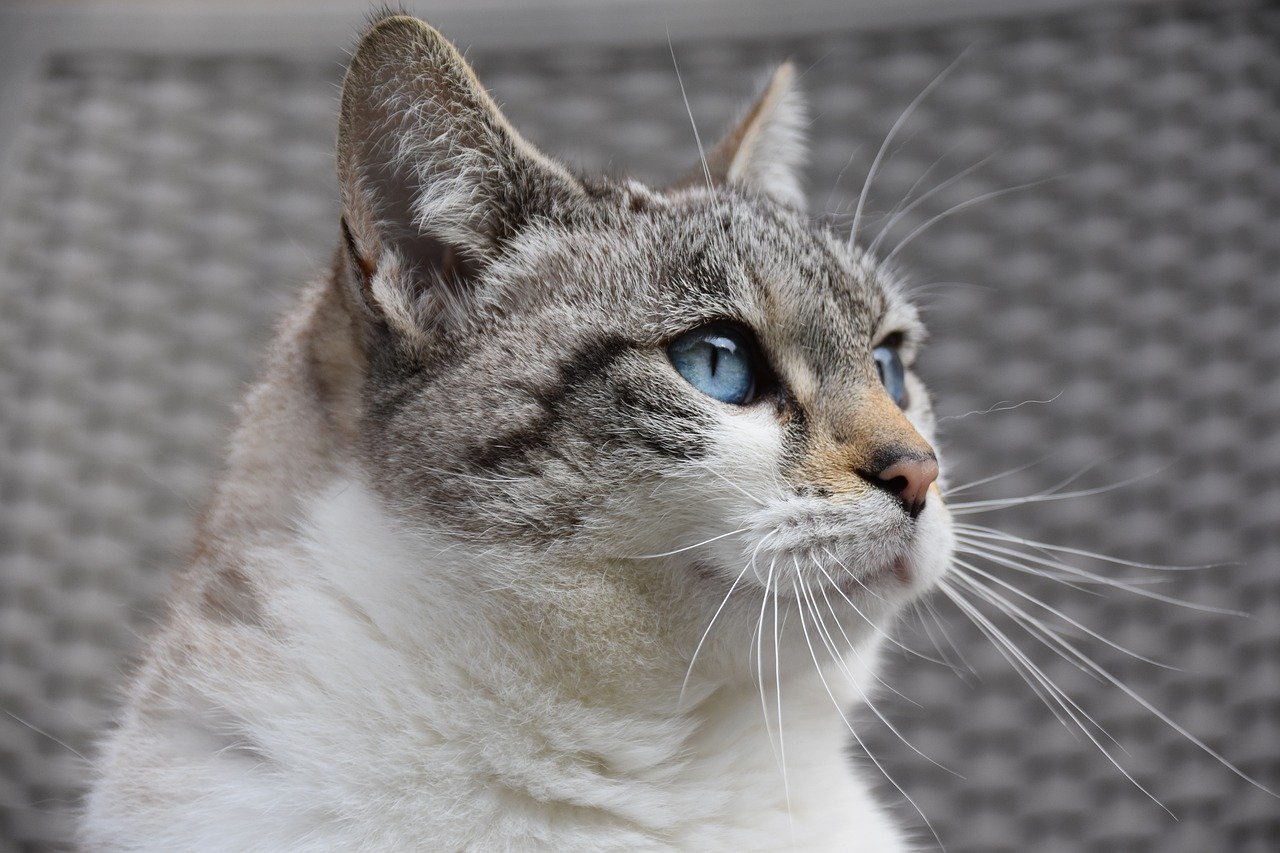Share This Article
Training your cat is a rewarding journey that spans from their earliest days as a playful kitten to their graceful maturity as an adult cat. Each stage of your feline’s life brings unique opportunities and challenges for training, and understanding these can help you foster a well-behaved, happy, and healthy companion. This comprehensive guide covers essential training tips for every stage of your cat’s life, ensuring you can navigate their development with ease and confidence.
1. Training Kittens: The Foundation of Good Behavior
A. Socialization
- Introduce Gradually: Begin socializing your kitten as early as possible. Expose them to various environments, sounds, and people to build their confidence and adaptability.
- Positive Reinforcement: Reward your kitten with treats and praise for exploring new things and interacting positively with others. This helps them develop a positive attitude towards new experiences.
B. Litter Box Training
- Start Early: Kittens usually instinctively use the litter box, but it’s important to provide them with a clean and accessible box. Place the box in a quiet, low-traffic area.
- Encourage Use: If your kitten doesn’t use the litter box immediately, gently place them in it after meals and naps. Praise them when they use it correctly.
C. Basic Commands
- Simple Commands: Teach basic commands such as “come” and “sit” using treats and gentle encouragement. Use a calm, consistent voice and reward your kitten immediately when they respond correctly.
- Short Sessions: Keep training sessions short and fun, as kittens have short attention spans. Aim for a few minutes several times a day.
2. Training Adolescent Cats: Building on Foundations
A. Preventing Problem Behaviors
- Redirect Scratching: Provide appropriate scratching posts and toys. If your cat scratches furniture, gently redirect them to the scratching post and reward them for using it.
- Manage Biting and Play Aggression: Adolescent cats may play aggressively. Use toys to channel their energy and avoid using your hands or feet as playthings. Reward gentle play with treats and praise.
B. Advanced Commands
- Teaching Tricks: Start teaching more advanced tricks like “high five” or “roll over.” Use clicker training or verbal cues combined with treats. Be patient and consistent with your commands.
- Addressing Fear: Help your adolescent cat overcome fears by gradually exposing them to new experiences. Use treats and praise to create positive associations with these experiences.
C. Socialization with Other Pets
- Controlled Introductions: Introduce your adolescent cat to other pets in a controlled environment. Use positive reinforcement to reward calm behavior and avoid forcing interactions.
- Respect Boundaries: Allow your cat to approach other pets on their terms and be patient if they’re hesitant. Gradual introductions help prevent fear and aggression.
3. Training Adult Cats: Maintaining Good Habits
A. Reinforcing Good Behavior
- Consistency: Maintain consistency in your training routine to reinforce good behavior. Use the same commands and reward systems to ensure your cat understands what’s expected.
- Preventing Regressions: If you notice your adult cat reverting to old habits, revisit basic training techniques and reward them for positive behavior.
B. Addressing Behavioral Issues
- Addressing Aggression: If your adult cat exhibits aggression, avoid punishment. Instead, use positive reinforcement to encourage calm behavior and seek the help of a veterinarian or behaviorist if needed.
- Dealing with Litter Box Issues: If your adult cat starts avoiding the litter box, check for potential health issues or stress factors. Ensure the litter box is clean and accessible and consider trying different types of litter.
C. Enrichment and Mental Stimulation
- Interactive Toys: Provide a variety of interactive toys to keep your adult cat mentally stimulated and engaged. Puzzle toys and treat-dispensing toys are great options.
- Training Sessions: Continue incorporating short training sessions into your routine. Teaching new tricks or reinforcing old ones keeps your cat mentally active and strengthens your bond.
4. Training Senior Cats: Adapting to Changes
A. Addressing Health Concerns
- Adjust Training: Be mindful of any health issues your senior cat may have. Adapt training sessions to accommodate their physical limitations and focus on gentle, low-impact activities.
- Comfort and Safety: Ensure your cat’s environment is comfortable and safe. Provide easy access to food, water, and litter boxes, and use ramps or steps if necessary.
B. Reinforcing Routine
- Routine and Stability: Senior cats thrive on routine. Maintain a consistent daily schedule for feeding, playtime, and grooming to provide stability and reduce stress.
- Gentle Training: If introducing new behaviors or routines, be patient and gentle. Use positive reinforcement to encourage participation and comfort.
C. Continued Enrichment
- Gentle Play: Engage your senior cat in gentle play that suits their energy levels. Soft toys and slow-moving games can provide mental and physical stimulation.
- Comfortable Spaces: Create cozy, accessible resting areas where your senior cat can retreat and relax. Ensuring their comfort is crucial for their well-being.
Conclusion
Training your cat through each stage of their life is an ongoing process that builds a strong foundation for their behavior, health, and happiness. From the early days of kittenhood to the serene years of seniority, each stage presents unique opportunities for bonding and learning. By employing patience, consistency, and positive reinforcement, you can guide your feline friend through a lifetime of good behavior and mutual understanding.


